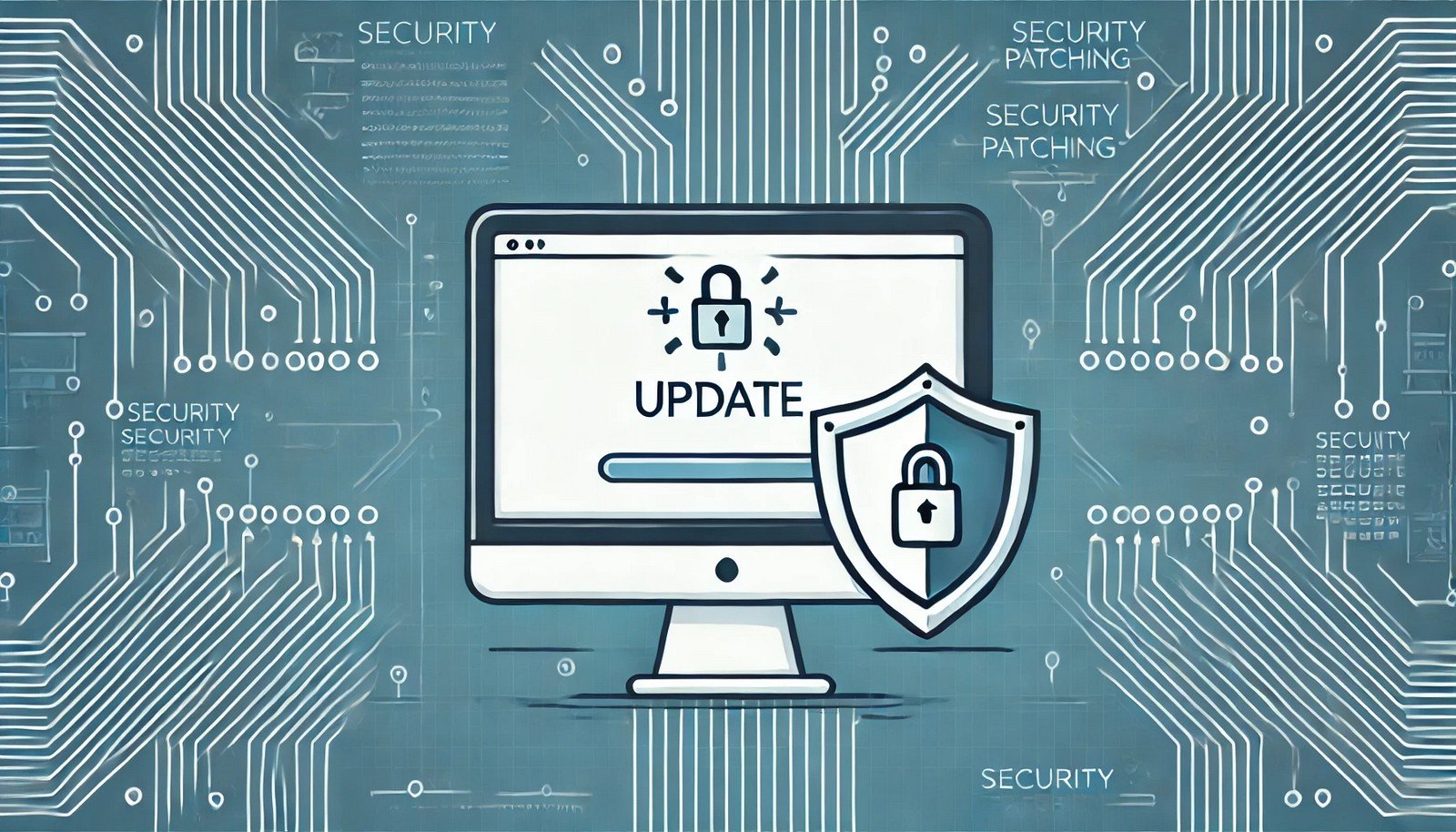Security Patching
 (Representational Image | Source: Dall-E)
(Representational Image | Source: Dall-E)
Quick Navigation:
- Security Patching Definition
- Security Patching Explained Easy
- Security Patching Origin
- Security Patching Etymology
- Security Patching Usage Trends
- Security Patching Usage
- Security Patching Examples in Context
- Security Patching FAQ
- Security Patching Related Words
Security Patching Definition
Security patching is the process of applying updates to software, operating systems, and applications to fix vulnerabilities, improve security, and maintain system integrity. These patches are released by developers and vendors in response to discovered security flaws that could be exploited by attackers.
Security Patching Explained Easy
Imagine your house has a small hole in the roof. If you don’t fix it, rainwater could leak in and cause damage. Security patching is like fixing that hole in software—it prevents hackers from sneaking in and causing problems.
Security Patching Origin
Security patching became a standard practice as cyber threats increased in the 1990s and early 2000s. With the rise of the internet, software vulnerabilities were exploited more frequently, leading companies to introduce regular patch updates to protect users.
Security Patching Etymology
The term "patching" originates from the concept of physically patching a hole in a material, like repairing torn fabric. In computing, it refers to fixing vulnerabilities in software by applying code updates.
Security Patching Usage Trends
With the increasing number of cyberattacks, security patching has become a routine practice for businesses and individuals. Automated patching solutions and cloud-based security updates have gained popularity.
Security Patching Usage
- Formal/Technical Tagging: Cybersecurity, IT Management, Software Maintenance
- Typical Collocations: "critical security patch," "automated patching," "patch management system"
Security Patching Examples in Context
- A company applied a security patch to fix a newly discovered vulnerability.
- Security researchers advised users to install the latest security patch.
- Many operating systems have automatic security patching enabled.
Security Patching FAQ
- What is security patching?
Security patching refers to updating software to fix vulnerabilities. - Why is security patching important?
It protects systems from cyber threats. - How often should security patches be applied?
Regularly, based on vendor releases. - What happens if I don’t apply security patches?
Unpatched software remains vulnerable to exploits. - Are security patches only for operating systems?
No, they apply to applications, firmware, and hardware. - Can security patches cause problems?
Sometimes, but they are necessary for security. - What is automated patching?
It installs security patches without manual intervention. - How do companies manage security patching?
Through patch management tools. - Is security patching enough to stay secure?
No, it should be combined with other security measures. - What is zero-day patching?
Applying a patch immediately after a vulnerability is discovered.
Security Patching Related Words
- Categories/Topics: Cybersecurity, Software Updates, IT Infrastructure
Did you know?
In 2017, the WannaCry ransomware attack exploited unpatched Windows computers, affecting over 200,000 systems in 150 countries.
PicDictionary.com is an online dictionary in pictures. If you have questions or suggestions, please reach out to us on WhatsApp or Twitter.Authors | Arjun Vishnu | @ArjunAndVishnu

I am Vishnu. I like AI, Linux, Single Board Computers, and Cloud Computing. I create the web & video content, and I also write for popular websites.
My younger brother, Arjun handles image & video editing. Together, we run a YouTube Channel that's focused on reviewing gadgets and explaining technology.



Comments powered by CComment